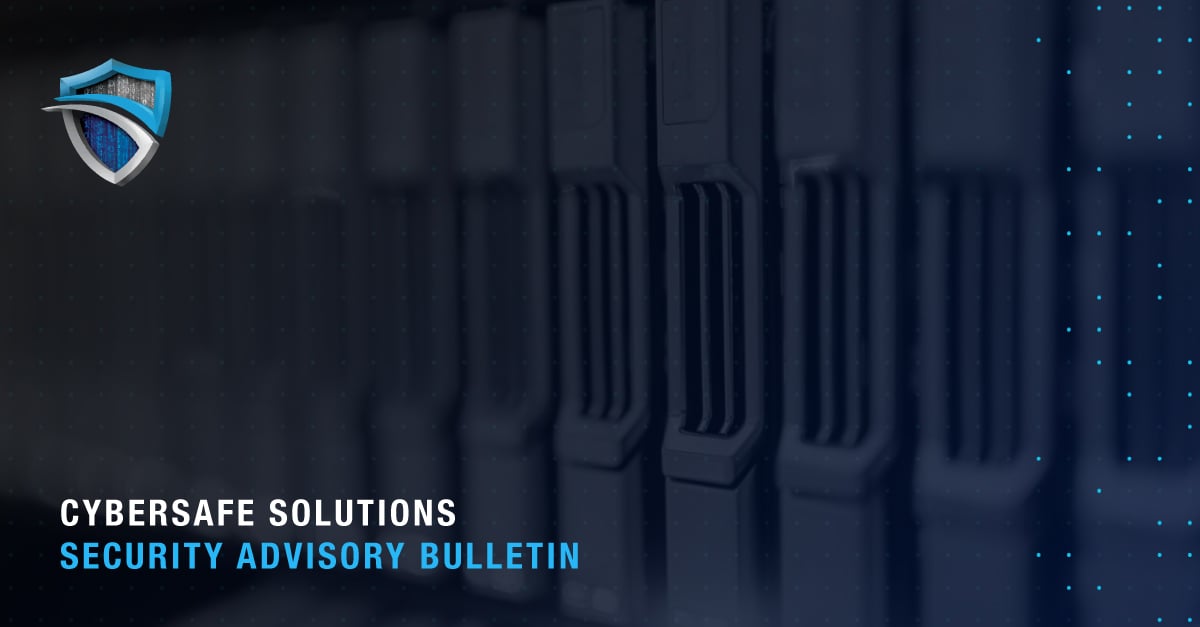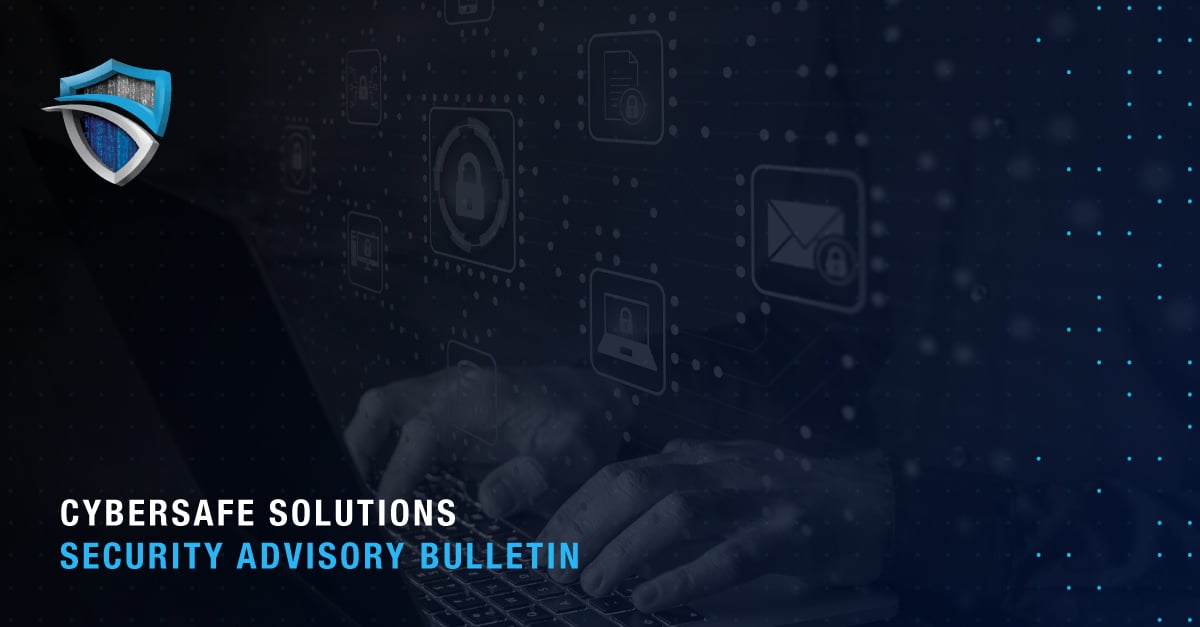When it comes to managing onboarding, IT infrastructure, and help desk services, enlisting a managed services provider (MSP) can help organizations save significant time and resources.
However, it’s important to also protect these systems from evolving cybersecurity threats by working with experienced managed security services providers (MSSPs).
MSSPs provide various services to enhance an organization's cybersecurity—but they are not all created equal. Standard MSSPs may handle risk management or penetration testing, for instance, but enlisting an MSSP that offers managed detection and response (MDR) services facilitates real-time monitoring of your data, network, cloud, and other assets and experienced incident response.
This comprehensive security management helps businesses enhance visibility and better detect, contain, and eradicate threats as they occur—bolstering risk posture.
If you’re considering whether to work with an MSP, MSSP, or both, here’s a comparison of their services, and some use cases.
What Is a Managed Services Provider (MSP)?
A managed services provider (MSP) assists with remote IT services to help organizations effectively manage systems, databases, and applications.
MSPs are beneficial in helping businesses stay current with the latest technology, outsource IT responsibilities, and save time and money.
Whether repairing a broken computer or backing up a cloud device, organizations rely on MSPs to troubleshoot technical issues and provide support.
What Can MSPs Provide?
- Break-Fix Support
- Help Desk
- Endpoint Back-Up & Management
- IT Infrastructure, Applications, Network, Firewall & Cloud Services Management
- Database Optimization & Management
- Onboarding
- Log Data Reporting
- Patch Management or Bug Fixes
What Is a Managed Security Services Provider (MSSP)?
While MSPs provide a heavy lift for IT support, assisting with improving the security of your organization is the responsibility of a managed security services provider (MSSP).
MSSPs provide third-party security services to enhance an organization's cybersecurity posture.
Standard MSSPs might offer risk management, security awareness training, or penetration testing, among other services.
However, an MSSP that offers managed detection and response (MDR) goes further by not only providing continuous monitoring of events, but also mitigating and responding to threats in real time.
This is key, as it helps businesses foster a culture of cyber prevention and proactivity.
MSSPs offering MDR leverage a combination of cutting-edge technology and human expertise to comprehensively monitor all network, endpoint, and cloud devices to detect potential vulnerabilities and enhance cybersecurity posture.
Whereas you might call an MSP after an IT asset needs fixing, MSSPs monitor your assets continuously to proactively curb cyber threats before they manifest as attacks.
For instance, even 90% of MSPs suffer cyberattacks. However, 35% of organizations surveyed in IBM Security’s 2021 “Cyber Resilient Organization Study” attributed “significant improvement in cyber resiliency” to investing in an MSSP.
That it took the average organization 277 days (about 9 months) to identify and contain breaches in 2022 underscores the importance of MSSP continuous monitoring in risk mitigation.
With ransomware and other cyber threats continuously on the rise, it is crucial to leverage the numerous advantages of an MSSP to bolster your security posture.
What to Look for in an MSSP:
- Continuous Monitoring
- Risk Assessment & Mitigation
- Breach & Attack Simulations
- Incident Response
- Security Awareness Training
- Top-Tier Threat Intelligence
- Compliance Maintenance
MSP vs. MSSP
To recap, MSPs provide IT support such as help desk, break-fix, or administrative assistance, while MSSPs monitor your systems 24/7/365 to correct vulnerabilities and protect against cyber threats.
MSPs receive and manage alerts through a network operations center (NOC), which focuses on maintaining IT assets and fielding technical alerts about interferences such as power or internet outages. MSSPs, by contrast, manage potential security vulnerabilities and cyber threats out of a security operations center (SOC) to protect an organization's cybersecurity.
To safeguard IT assets, many MSPs partner with MSSPs, as well.
Here’s a breakdown of the key differences between MSPs and MSSPs:
|
Managed Services Provider (MSP) |
Managed Security Service Provider (MSSP) |
|
Focuses on IT infrastructure |
Focuses on business security |
|
Provides remote IT services to help manage systems, databases, and applications |
Manages an organization’s security services |
|
Services can include break-fix and help desk support, endpoint back-up and management, IT infrastructure management, onboarding, log data reporting, and bug fixes |
Services depend on provider’s offerings. Consider MSSPs offering MDR to preventatively curb potential threats and enhance security posture with continuous monitoring and incident response |
|
Usually called after an IT asset needs fixing |
Providers offering MDR operate 24/7/365 for full visibility into an organization’s data, networks, cloud environments, and other business assets |
|
Receives and manages alerts through a network operations center (NOC) |
Manages system and data security through a security operations center (SOC) |
Cybersafe: A Leading MSSP Offering MDR
While MSPs can be beneficial in helping maintain your IT systems, enlisting the right MSSP ensures your valuable data remains safe.
When choosing a provider to meet your unique needs, consider an MSSP that offers MDR, including continuous monitoring and real-time incident response that detects, isolates, and eradicates threats in real time.
Cybersafe Solutions goes beyond standard MSSP offerings to provide MDR with 24/7/365 visibility into your data, networks, cloud environments, endpoints, and other assets.
We have been recognized among the top MSSPs globally in MSSP Alert’s Top 250 list for 2022—the “gold standard” ranking for North American solution providers—and were named AT&T Cybersecurity’s 2023 Global Partner of the Year.
Leveraging top-tier threat intelligence and state-of-the-art technology, our solutions are tailored to meet your specific needs: managed detection and response (SOL XDR), endpoint detection and response (SOL EDR), network security monitoring (SOL SIEM), security awareness training, and dark web monitoring, among others.
With more than 20 years of experience in the security space, we are committed to providing unparalleled cybersecurity to safeguard your assets and bolster risk posture, so you can get back to focusing on running your business.
Cybersafe Solutions is a leading MSSP offering MDR to enhance cybersecurity posture with 24/7/365 monitoring and incident response. To learn more about how to bolster your risk posture today, contact us or schedule a consultation.




